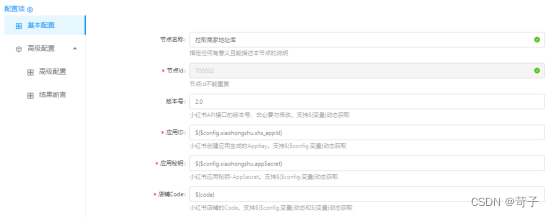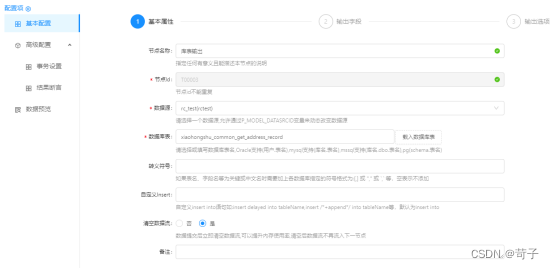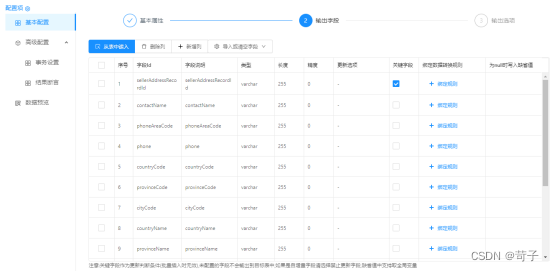1. Introduction to Xiaohongshu e-commerce platform
Xiaohongshu Mall is a well-known social e-commerce platform in China. It is committed to uniting high-quality global brands and merchants to provide users with a new shopping experience based on social scenarios. On Xiaohongshu Mall, users can discover, purchase, review and share various goods and services, and shape their social image through their consumption behavior and interaction with fans, while bringing more exposure and added value to brands and merchants.
2. Document data synchronization needs of Xiaohongshu merchants
Although Xiaohongshu provides an open platform for merchants to pull account data and provides the possibility of data synchronization, the technical difficulty is still a bit high for most enterprises. If the enterprise wants to synchronize the data in Xiaohongshu to CDP How to perform analysis on the platform or data warehouse?
1. Traditional hard-coded synchronization method:
The Xiaohongshu open platform mainly provides API interfaces and data access services. The purpose is to enhance the social e-commerce marketing effect of brands and high-quality merchants. Generally, it has the following steps:
- After registering a Xiaohongshu merchant account, access the interface to obtain the authorization code;
- Send an authentication request through the code to obtain the token, and cache the token based on the remaining time of the token in the response;
- Each interface needs to encapsulate the request body and parse the data based on the response results;
- When data needs to be persisted, code must be used;
- Each interface access request needs to be debugged to ensure that the response is as expected.
2. Use zero-code ETL tools to achieve synchronization:
Under the ETL tool, the Xiaohongshu open platform can be used as a data source or target. Through the ETL tool, various data processing and integration operations can be performed without code development, saving development costs . By incorporating the Xiaohongshu open platform into the ETL data processing process, brands and merchants can better understand user needs and trends , formulate more targeted and accurate marketing strategies, improve sales and competitiveness , and achieve data sharing and cross-fertilization. analysis to improve overall data mining and value exploration capabilities .
Pull the Xiaohongshu merchant address database list into the local data warehouse scenario
Usage scenario : The merchant needs to pull the address database data in the account into the local database.
The following is an automated process built using ETL tools to pull data into a local database.

Enter the property configuration interface by double-clicking the node and fill in the public configuration variables

Library table output selects the corresponding table and configures the fields

After selecting the table, the component will automatically generate fields based on the table. If you do not need part of the field information, you can delete the column and the data in this column will not be saved in the database.

After configuring the node, click Run Process to pull the data into the local data warehouse. After the operation is completed, you can go to the local area to view the data you just obtained.

More examples of synchronization scenarios :
Xiaohongshu pulls merchant address database (multiple) + multi-stream union merging + data sorting + Excel output: pulls the merchant address database information of Xiaohongshu stores, merges and sorts the data, and saves it in an Excel file.

Xiaohongshu pulls merchant address databases (multiple) + multi-stream union merge + data sorting + [(Excel output + API file upload ) + library table output ] : pulls multiple Xiaohongshu merchant address database information, and The pulled data is merged and sorted, then the data is saved to an Excel file and then the API is called to upload it to the server, and at the same time the data is saved to the database.
